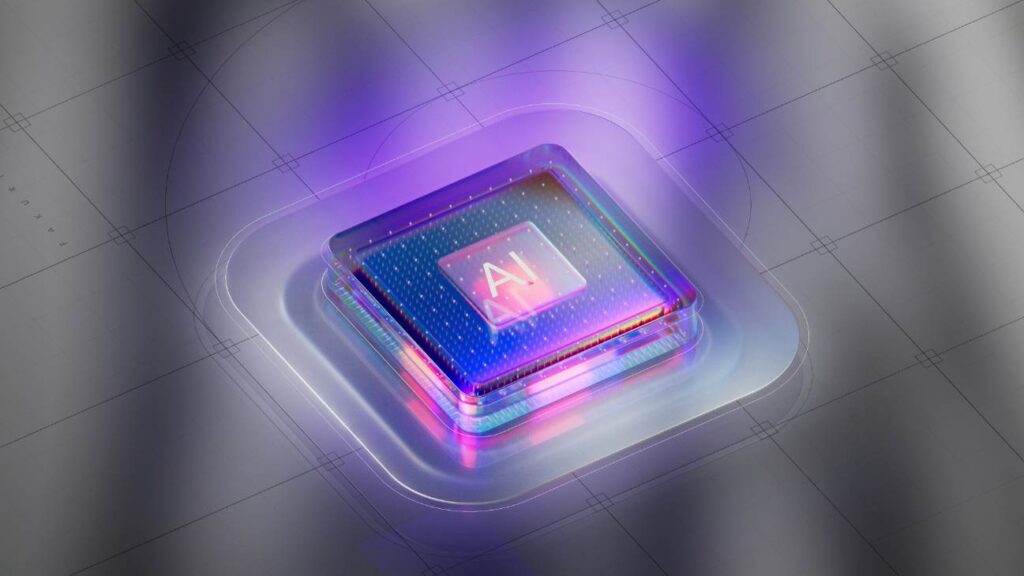Artificial Intelligence (AI) is no longer a futuristic concept; it has become an integral part of various industries, transforming operations, enhancing efficiency, and driving innovation. In this article, we will explore how AI is reshaping financial services, predictive maintenance, and human resources (HR) solutions. We will delve into the latest trends, industry applications, and technical insights, providing a comprehensive overview of the current landscape and future directions.
.
**AI for Financial Services: Transforming the Banking Landscape**
The financial services sector has been one of the early adopters of AI technologies. From risk assessment to customer service, AI is revolutionizing how financial institutions operate. According to a report by McKinsey, AI can potentially create $1 trillion in value annually for the global banking industry.
.
One of the most significant applications of AI in financial services is in fraud detection. Traditional methods of fraud detection often rely on historical data and rule-based systems, which can be slow and inefficient. AI algorithms, particularly machine learning models, can analyze vast amounts of transaction data in real-time, identifying patterns and anomalies that may indicate fraudulent activity. For instance, Mastercard has implemented AI-driven systems that analyze transaction patterns and flag suspicious activities, significantly reducing fraud losses.
.
Another area where AI is making a substantial impact is in customer service. Chatbots and virtual assistants powered by AI are becoming commonplace in banks and financial institutions. These tools can handle a wide range of customer inquiries, from balance inquiries to loan applications, providing instant responses and freeing up human agents for more complex tasks. For example, Bank of America’s Erica is a virtual financial assistant that helps customers manage their accounts, offering personalized advice and support.
.
Additionally, AI is enhancing risk management processes. Financial institutions are leveraging AI to assess credit risk more accurately. By analyzing a broader range of data points, including social media activity and transaction history, AI models can provide a more nuanced understanding of a borrower’s creditworthiness. This shift not only improves lending decisions but also expands access to credit for underserved populations.
.
**AI for Predictive Maintenance: Ensuring Operational Efficiency**
Predictive maintenance is another domain where AI is making significant strides. Industries such as manufacturing, energy, and transportation are increasingly adopting AI technologies to predict equipment failures and optimize maintenance schedules. According to a report by Deloitte, predictive maintenance can reduce maintenance costs by 10-40% and increase equipment availability by 10-20%.
.
The core of predictive maintenance lies in the analysis of data collected from sensors embedded in machinery. AI algorithms can process this data to identify patterns and predict when a machine is likely to fail. For instance, General Electric (GE) uses AI-driven predictive maintenance solutions in its aviation division to monitor jet engines. By analyzing sensor data, GE can predict potential failures and schedule maintenance before issues arise, thereby reducing downtime and saving costs.
.
Moreover, AI can enhance the decision-making process regarding maintenance schedules. Traditional maintenance strategies often rely on fixed schedules or reactive approaches, leading to unnecessary downtime or excessive maintenance costs. AI enables a shift to a more proactive strategy, where maintenance activities are scheduled based on the actual condition of the equipment rather than arbitrary timelines. This approach not only optimizes resource allocation but also extends the lifespan of machinery.
.
The integration of AI in predictive maintenance also facilitates better collaboration across teams. By providing real-time insights into equipment performance, AI tools enable maintenance teams, engineers, and operations staff to work together more effectively. This collaborative approach fosters a culture of continuous improvement, enhancing overall operational efficiency.
.
**AI-based HR Solutions: Transforming Human Resource Management**
The human resources sector is undergoing a significant transformation, driven by AI technologies. AI-based HR solutions are streamlining recruitment processes, enhancing employee engagement, and improving talent management strategies. According to a report by PwC, 72% of business leaders believe that AI will be a key driver of HR transformation in the coming years.
.
One of the most notable applications of AI in HR is in recruitment. Traditional recruitment processes can be time-consuming and biased. AI-powered tools can automate resume screening, identify top candidates based on specific criteria, and even conduct initial interviews through chatbots. For example, Unilever has implemented an AI-driven recruitment process that uses algorithms to assess candidates’ video interviews, resulting in a more efficient and unbiased selection process.
.
AI is also enhancing employee engagement and retention strategies. By analyzing employee feedback, performance data, and engagement metrics, AI tools can identify patterns that indicate potential turnover risks. This insight allows HR teams to proactively address concerns and implement retention strategies. For instance, IBM’s Watson Analytics can analyze employee sentiment and provide actionable recommendations to improve workplace culture.
.
Furthermore, AI is playing a crucial role in personalized learning and development. Organizations are leveraging AI to create tailored training programs based on individual employee needs and career aspirations. By analyzing performance data and skill gaps, AI can recommend specific learning paths, ensuring that employees receive the right training to advance their careers. This personalized approach not only enhances employee satisfaction but also drives organizational performance.
.
**Conclusion: Embracing the AI Revolution Across Industries**
The integration of AI into financial services, predictive maintenance, and HR solutions is transforming how organizations operate. As AI technologies continue to evolve, their applications will become even more sophisticated, offering unprecedented opportunities for efficiency and innovation.
.
However, the adoption of AI also presents challenges, including ethical considerations, data privacy concerns, and the need for a skilled workforce to manage these technologies. Organizations must navigate these challenges thoughtfully to harness the full potential of AI while ensuring responsible and equitable practices.
.
As we move forward, it is clear that AI will play a pivotal role in shaping the future of various industries. By embracing AI-driven solutions, organizations can enhance their operations, improve customer experiences, and drive sustainable growth in an increasingly competitive landscape.
.
**Sources:**
1. McKinsey & Company. (2021). “The Future of Banking: How AI Can Create Value.”
2. Deloitte. (2020). “Predictive Maintenance: A Practical Guide.”
3. PwC. (2021). “AI in HR: The Future of Work.”
4. IBM. (2021). “Watson Analytics: Transforming Employee Engagement.”
5. General Electric. (2020). “Using AI for Predictive Maintenance in Aviation.”
In conclusion, the impact of AI across these sectors is profound, and the potential for growth and innovation is immense. Organizations that embrace these technologies will not only enhance their operational efficiency but also position themselves as leaders in their respective fields.




























